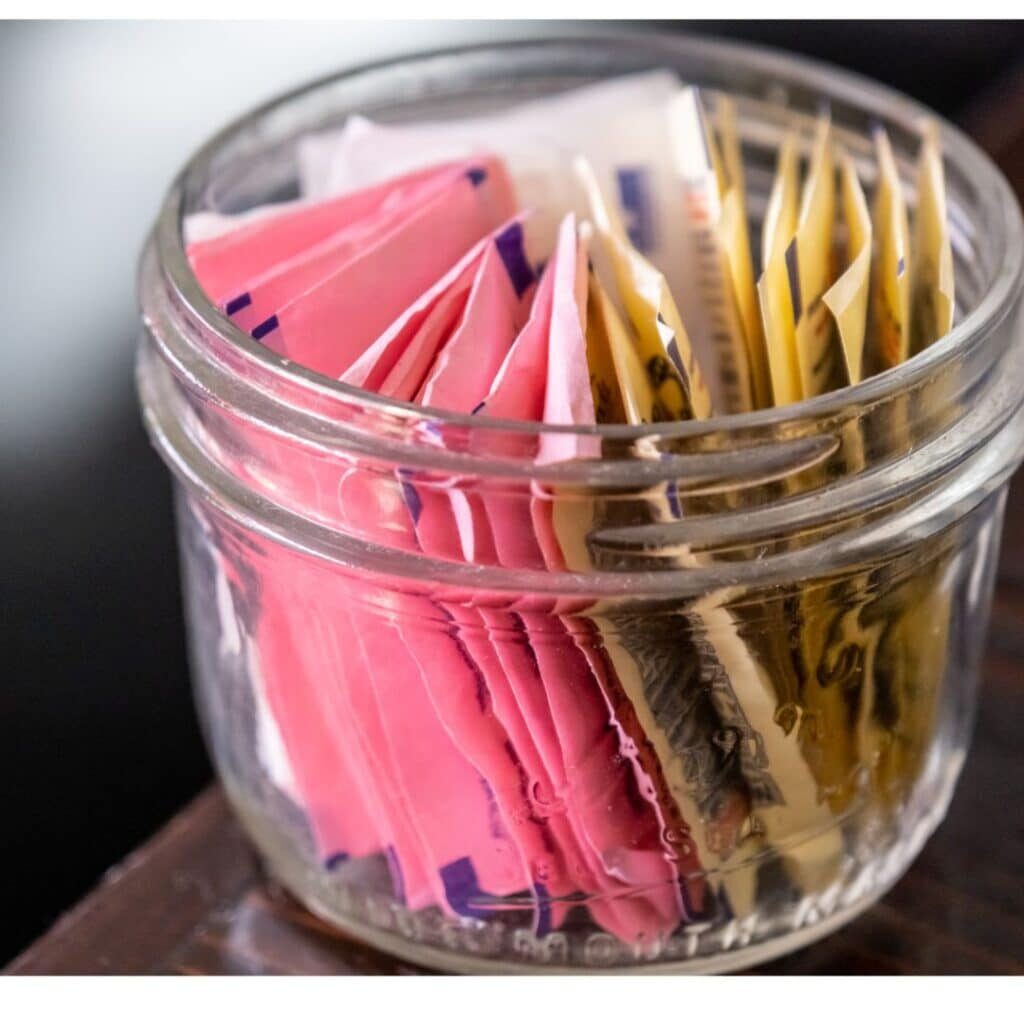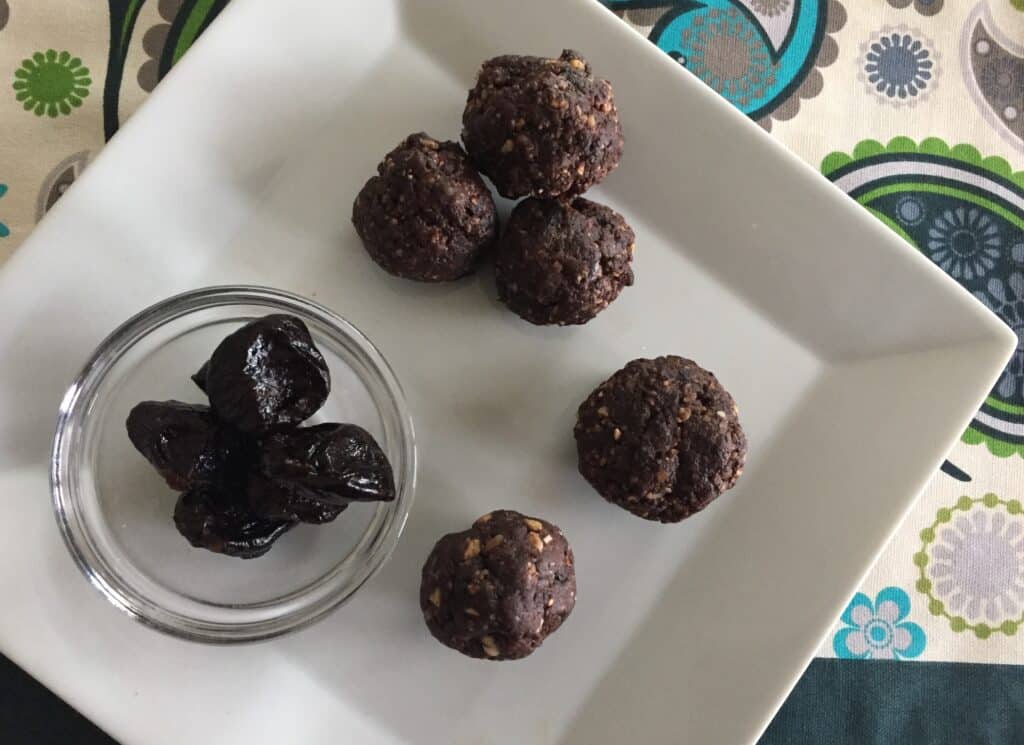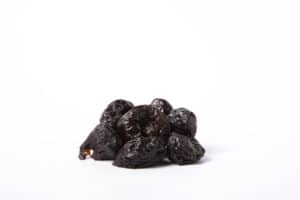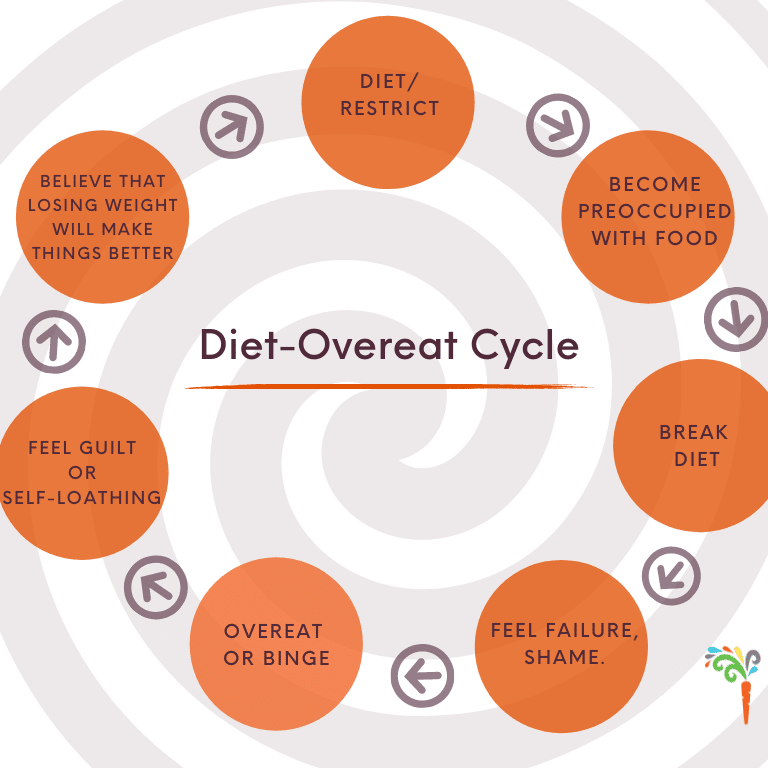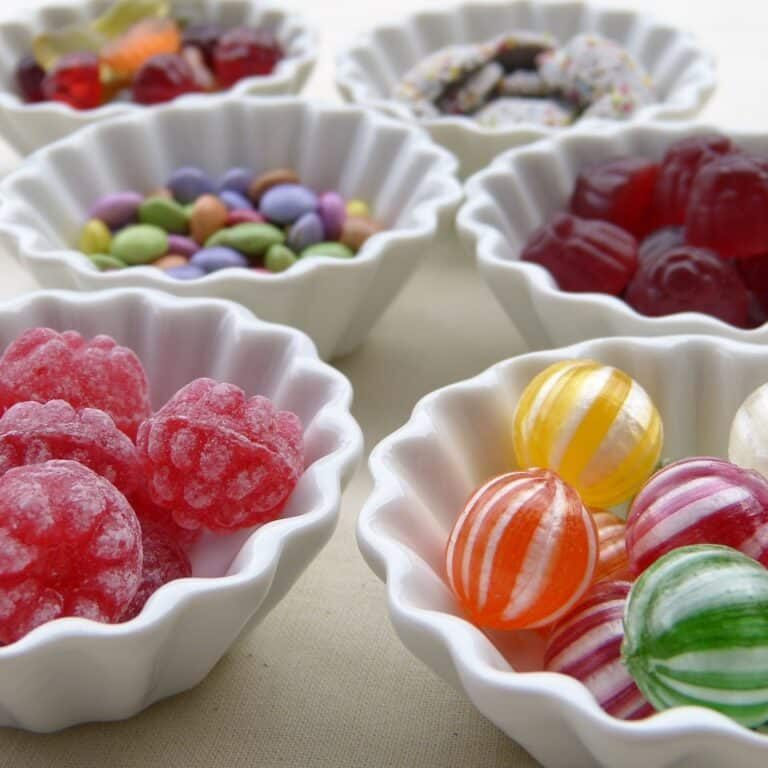What you eat matters to your bone health
As we grow older, there is more “wear and tear” on the “house” in which we live – our bodies. Literally, the bones of our house can get weaker, especially so in women. Osteoporosis or thin, weak and porous bones, has also been called the “silent thief” because it steals your bone density over many years without symptoms. People often learn they have osteoporosis after they have broken a bone.
Are you at risk for osteoporosis?
Here are a few things that increase your risk for osteoporosis:
- Age 65 – Our bones naturally get thinner as we grow older.
- Family history – Did your mom have a fracture caused by osteoporosis? If so, there is a higher chance you will develop osteoporosis.
- Menopause before 45 years – We know that the hormone estrogen helps to keep women’s bones healthy. At menopause, our estrogen levels start to go down and women start to lose bone density faster.
- Low calcium intake – Without calcium, our bones are not as strong as they can be. Food sources of calcium include milk, cheese, yogurt, kefir, fortified soy beverage, beans, tofu, nuts, fish with bones, some vegetables and fruits (although the calcium may not be absorbed very well). Check out this calcium calculator.
- Low bone mineral density as measured by a bone X-ray.
- If you weigh less than 125 pounds you have a higher risk of developing osteoporosis.
Adding in this functional food may promote bone health in post-menopausal women with lower bone density
As we age, our perspective often shifts to how can we thrive and add life to our life. One way to have more life in our life is by keeping the “house” in which we live healthy, vibrant and strong.
The foods we eat can have a powerful influence on our health. We have known for some time the role that diet and lifestyle has in promoting healthy bones – getting adequate calcium, vitamin D, going easy on the caffeine, drinking alcohol sensibly, being mindful of high sodium foods, staying physically active, and keeping your body healthy overall. To read the clinical practice guidelines for diagnosing and managing osteoporosis in Canada , click here.
Recently, a study examining the role of food and bone health caught my attention.
This study looked at the effect of consuming 50 grams of prunes/day during calcium and vitamin D supplementation, compared to calcium and vitamin D supplementation alone, among a small sample (48) of post-menopausal women (65 – 79 years). These women had osteopenia – meaning that their bone mineral density was not as strong, putting them at risk for osteoporosis – but otherwise, they were pretty healthy.
The study participants all received 500 mg calcium carbonate + 400 IU vitamin D3 daily. Some women also received 50 grams of prunes (the amount found in 5-6 prunes); some also received 100 grams of prunes. They compared the bone mineral densities of these women.
Photo credit: Food Photo, Dietitians of Canada
Among the 42 women who actually completed the study, they found that daily consumption of 5-6 prunes for 6 months may help prevent bone loss in osteopenic postmenopausal women. This dose of 5-6 prunes daily was able to prevent the loss of total body bone mineral density compared to that of the control group (who only received calcium and vitamin D supplementation).
However, there was no difference in site-specific bone mineral density (total hip, ulna, spinal region L1 to L4) between the groups. This finding may mean that 50 grams of prunes is not enough to see changes in specific areas of the body. It could also mean that the study was not large enough to detect these smaller findings.
The study authors speculate that prunes may inhibit the natural process of bone resorption (or the breaking down of bone tissue) because prunes are rich in vitamin K, potassium, magnesium and antioxidants, suggesting that, in addition to calcium and vitamin D taken by supplements, these additional nutrients may also be important for bone health.
While more research is definitely needed to further understand the relationship between prunes and bone health, we do know that what we eat and how we live, has an impact on our health. And that by adding a small dose of prunes (5-6) as part of our daily routine might be another tool to add to our arsenal of maintaining our bone’s health.
Nutritional profile of 5-6 plums:
- 120 calories
- Total carbohydrate 32 g
- Total fiber 5 g
- Protein 1.3 g
- Fat 0.25 g
- Calcium 25 mg
- Phosphorus 39 mg
Photo credit: Food Photo, Dietitians of Canada
Here are some ways you can add in prunes to your diet:
- Blend prunes into your smoothie for added fiber and flavour.
- Create a prune puree and use it to replace an equal amount of butter in baked goods.
- Add in prunes to your everyday salad greens for a pop of flavour, texture and color!
- Add in chopped prunes into your desserts and baked goods.
- Simmer prunes in sauces or stews for added flavour and depth.
For more recipe inspiration for tasty ways to add in California Prunes to your diet, check out this link.
Love energy balls? Try this recipe for California Prune Energy Balls (reprinted with permission from California Dried Plum Board)
- ¾ cup almonds
- 1 cup California prunes
- ¼ cup chia seeds
- 2 tbsp cocoa powder
- 2 tbsp smooth nut butter
- ⅓ cup desiccated coconut
- Place all ingredients in a food processor and blend until everything is crumbled. Form mixture into 1" balls. Store in an air tight container in the refrigerator.
This is a sponsored blog post through the California Dried Plum Board (California Prunes). I received financial compensation from the California Dried Plum Board to highlight this research.
All opinions written here are my own and are consistent with my professional perspective and beliefs, otherwise, I would not have participated in this opportunity.
References:
Dietitians of Canada. Eating Guidelines to Prevent Osteoporosis. http://www.pennutrition.com/KnowledgePathway.aspx?kpid=553&trid=13450&trcatid=467
Hooshmand S1, Kern M2, Metti D2, Shamloufard P2, Chai SC3, Johnson SA4,5, Payton ME6, Arjmandi BH4,7. The effect of two doses of dried plum on bone density and bone biomarkers in osteopenic postmenopausal women: a randomized, controlled trial. Osteoporos Int. 2016 Jul;27(7):2271-2279. doi: 10.1007/s00198-016-3524-8. Epub 2016 Feb 22. https://www.ncbi.nlm.nih.gov/pubmed/26902092
Osteoporosis Canada. https://osteoporosis.ca/bone-health-osteoporosis/
Tagged in: Calgary Dietitian, Calgary Nutritionist, dried plums, energy balls, healthy bones, osteoporosis, prunes, research review, yyc dietitian, yyc nutritionist
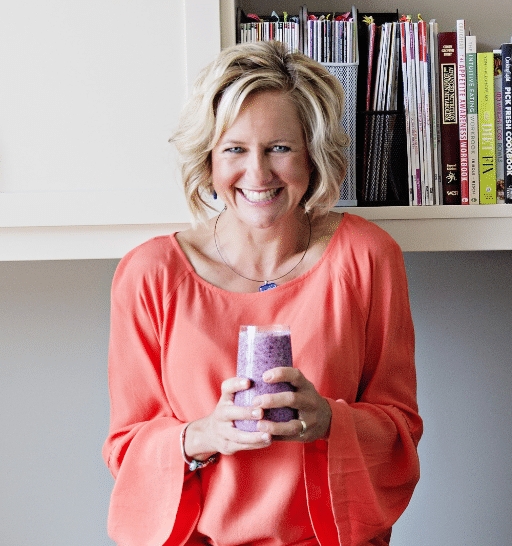

Welcome to the Energize Nutrition blog, where we share evidence-based nutrition content, designed to empower people’s midlife. Take a look around to find information on feeling your best.
If you need more individualized support, reach out to set up a free discovery call with Kristyn Hall.
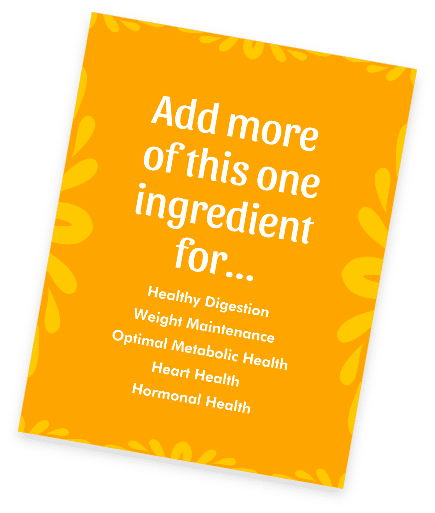
Battling chronic hunger, poor energy, or inflammation? Discover what this powerful ingredient is and why it might be the solution!
